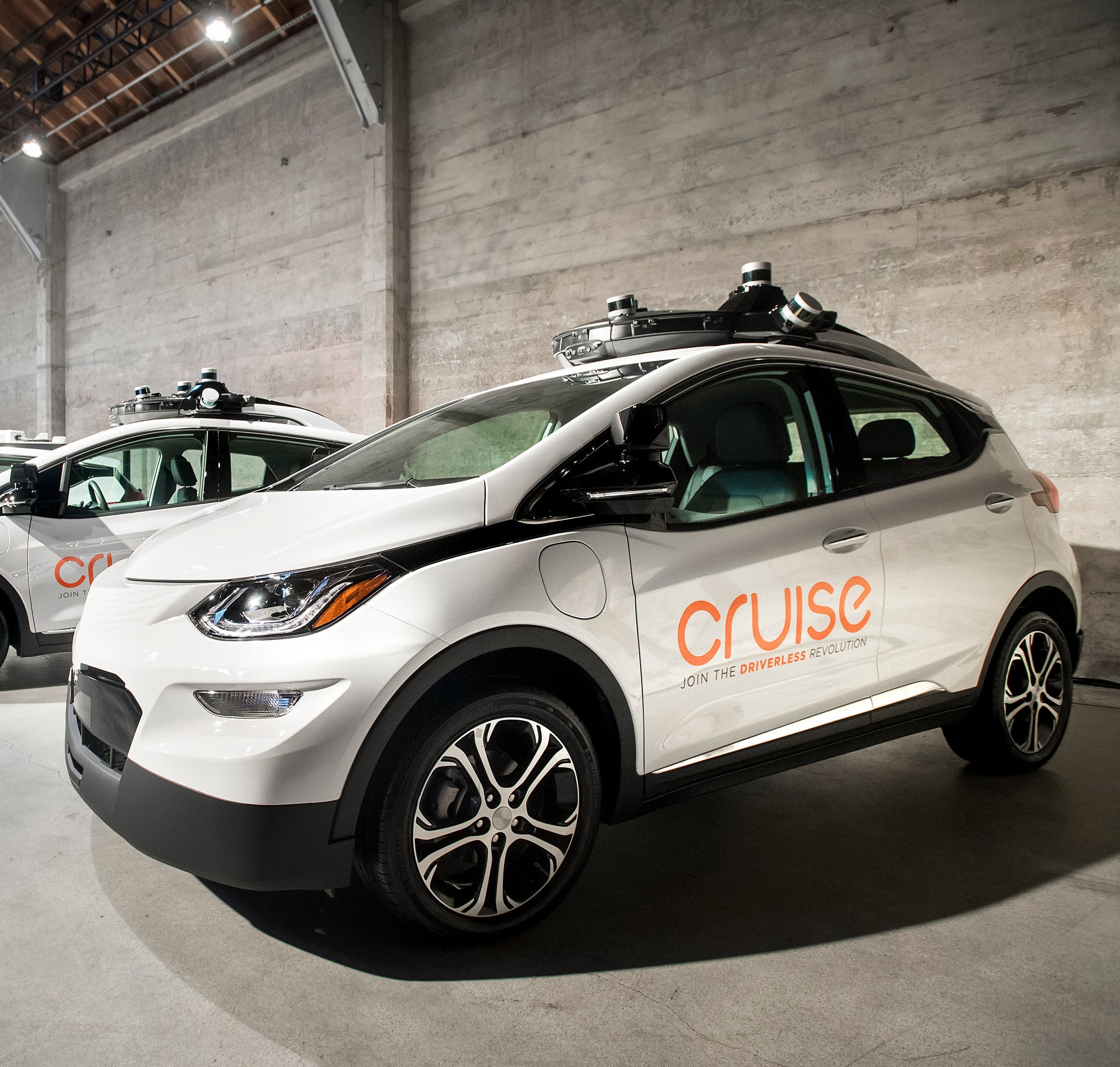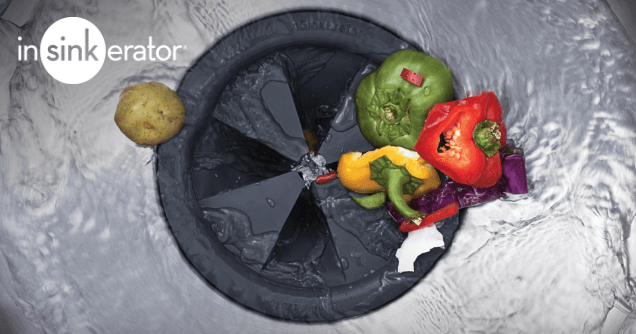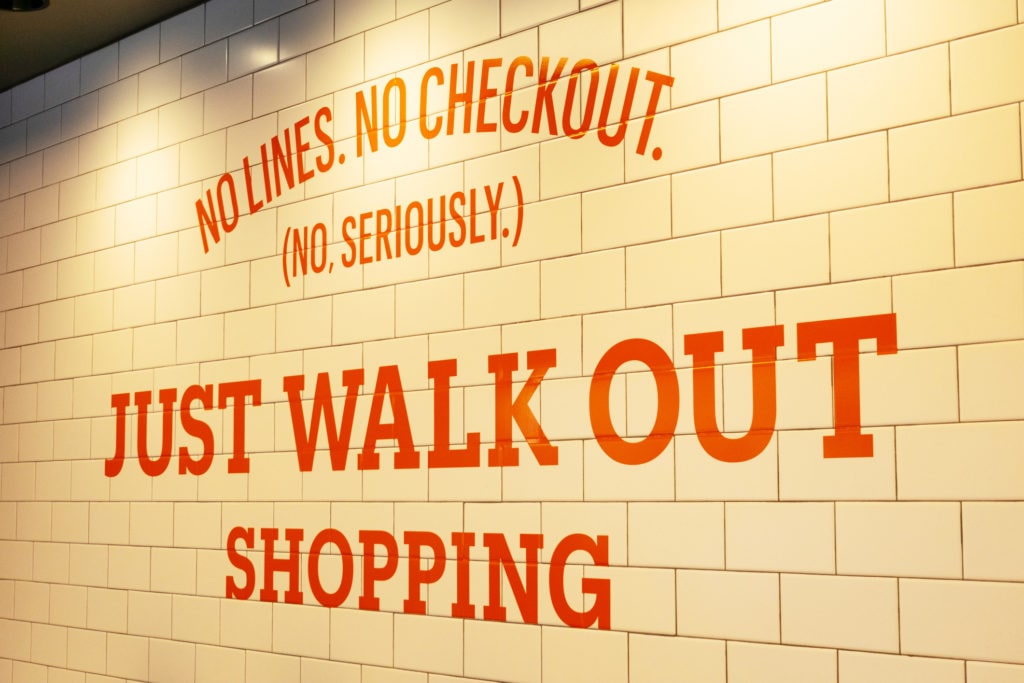
When DoorDash, a third-party restaurant and grocer delivery service announced a program to begin testing autonomous vehicles for delivery in San Francisco this quarter, the reaction of a few consultants was a mixed bag, with some well aware of the coming technology and others taking a more skeptical view.
“I’ve been seeing autonomous vehicles here in Silicon Valley for the last five years,” says Joseph Schumaker FCSI, principal of foodspace+co, a San Jose, California-based food company accelerator and consultancy.
“It’s a little bit of a scary moment when you pull up to a stop light and there’s no driver in the driver seat, just a passenger sitting next to the wheel. Right now, the technology seems to be ahead of regulatory issues, as fully autonomous vehicles are currently not legal modes of transportation, but that could change in the future as awareness around this topic grows and companies have successful pilot programs.”
Tech-enabled
DoorDash’s partnership with General Motors’ Cruise Automation vehicles will focus on deliveries for both restaurant food and groceries, company execs have said. During the initial testing phase, DoorDash’s Cruise cars, which resemble white compact cars affixed with cameras and sensors on the roof, require two employees to sit in the front at all times, according to a DoorDash spokesperson.
This group consists of a safety “driver” in front of the wheel, an accompanying employee in the passenger seat and a third employee in the back who serves as the runner, bringing food to and from the restaurant to the customer’s door or place of business. Customers are be notified via an app when the autonomous vehicle is approaching their address.
According to Cruise Automation, which was founded in 2013 by Kyle Vogt and Dan Kan and partnered with General Motors in 2016, the self-driving vehicles have an array of sensors, cameras and radars on board that the company says is intended to navigate complex city streets intelligently and with a 360-degree view of the world around it.
Safety design and operational requirements, in compliance with federal, state and local regulations, are also a focus as Cruise designs its level 4 and level 5 cars for deployment. Fully-integrated hardware and software ensures that the operator behind the wheel can take control of the vehicle and rely on sensors that collect data regarding traffic, road maintenance and environmental factors. The cars will hard brake if unexpected people or animals dart in front of the car. Fleets are currently on the road in California, Arizona and Michigan.
DoorDash execs noted that together with Cruise, this testing phase is meant to explore three primary questions as part of its pilot, including determining key technical and infrastructure challenges within autonomous delivery; how autonomous delivery might positively impact merchants, dashers, and customers, and whether or not autonomous vehicles are capable of achieving DoorDash’s standards for quality and customer service.
Top priorities
That last bit, achieving standards for quality and customer service remains a top priority, if not the number one priority among restauranteurs these days, especially in today’s uber competitive (pun, intended!) world, at least in the opinion of William Bender FCSI founder and principal of W.H. Bender & Associates. Based in San Jose, California, Bender’s also seen the growth of these self-driving vehicles, but believes that the fundamental goals every restaurant strives to meet will still need to be met in order to be successful.
“Was a quality meal product delivered?” he says. “Were there any mistakes? Were the guests wowed? Was it the right price? How was the speed of service? What was the order/purchase scenario experience? These are still all of the most important aspects of running a successful restaurant or foodservice company – self-driving car or not.”
Still, self-driving vehicles are just one more technological tool in the expanding toolbox that restaurants are reaching for as they look toward the future. “High occupancy costs in areas like California, New York and Chicago require you to sell, distribute and deliver quality,” Bender says.
“This means that restaurants and foodservice operators will need to be creative and adopt proven technology and processes.” As such, both management advisory services (MAS) and foodservice designers will have to carefully consider how these products and tools might help or hinder a restaurant’s ultimate goals.
It’s no secret that Tesla and even Uber have already been exploring their own autonomous driving programs. News of DoorDash’s pilot also comes on the heels of Pepsico’s plans to test robot-fueled, self-driving delivery vehicles. The chip and beverage maker said in early January that it will bring its Baked Lay’s and SunChips snacks or sparkling water beverages to college students at the University of The Pacific in Stockton, Calif. via the six-wheeled vehicles.
Students will be able to order their selections through an app and receive their deliveries at one of any 50 locations on campus. According to Robby Technologies, the maker of the robots, these vehicles operate at speeds up to six miles per hour, weigh less 80 pounds and are roughly three-feet tall. They come equipped with sensors that force them to stop when people walk in front of them.
Order accuracy
Arlene Spiegel FCSI, of Arlene Spiegel & Associates doesn’t see driverless delivery panning out in urban markets like theses as much as DoorDash and others might. “It’s difficult for urban areas to be a market for driverless delivery due to density of traffic, security in commercial and residential high-res buildings, and lack of parking,” she says.
“For suburban and rural areas, the jury is out, but accuracy of orders will continue to be an issue. Without human oversight, I don’t believe the odds are good.”
DoorDash rival Postmates, however, has said it has a means to circumvent these urban issues. The third-party delivery service recently announced plans to deploy autonomous delivery vehicles (called Serve) that will use sidewalks instead of streets in or der to travel up to 30 miles an hour while carrying up to 50 pounds, the company said. In addition to delivering items directly to consumers, Serve will also deliver products to a centralized location where human delivery personnel will be able to complete the orders via walking, driving or biking.
Speaking of a “centralized location,” Schumaker believes that the growth of autonomous vehicles could coincide with a rise in the development and use of ghost kitchens. “If restaurants start to see the ability to sell more product out of a larger and cheaper commissary and in a way that works more seamlessly with delivery, why wouldn’t they want to move in that direction?” he says.
Schumaker doesn’t see the ubiquity of autonomous vehicles anytime soon, but rather, envisions the next generation consumer base as a potentially bigger user of the technology. Bender, on the other hand, says he’s taking a “wait and see” approach when it comes to these cars.
“We live in Silicon Valley and I STILL cannot get a hot pizza delivered to my house since 1993,” he says. “Have you noticed automatic faucets in office buildings, airports and other places? My experience with them is about half of the time at least one or two does not work. So how these new ‘systems’ will work remains to be proven.”
Amelia Levin




